·
The Korg needs to know the start of the song,
make sure your song is at the very beginning.
·
Press store then press in/loc1
·
Hold down stop then press fast forward, this takes
you to the end of the song
·
Press store again and then press out/loc2
·
Press track until you get to edit track
·
It will say copy track, pick what channels you
used and send them to clipboard
·
Then move the cursor over to the ‘exec’ button
and then press enter and then yes
·
Now press the track button until you get to
export
·
Select icon with triangle in the middle and hit
enter
·
Select option USB and click ok
·
Press exec and it will say ‘export file, are you
sure?’ click yes
HOW TO CONNECT THE KORG TO THE COMPUTER VIA USB
·
Press system USB, keep pressing until you get to
the disk utility (last tab on the screen)
·
Make sure you get a USB cable which is attached
to the key board and plug into the socket in the back of the Korg
·
Move cursor to USB mode and press enter
·
It should now be in USB mode
·
Now go to my computer
·
Double click Korg folder and then open wav
folder
·
Clear all the data in there (emptying folder so
you have maximum room to transfer your files)
·
Open Cubase
·
File and then press import file
·
Find the
Korg in my computer, double click it, then double click the Korg folder
·
Double click the wav folder, select all the
audio inside that folder
·
Click copy files to working directory and then
hit ok
·
Then press different tracks






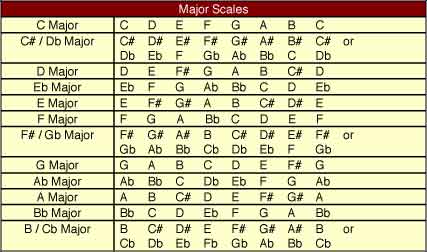


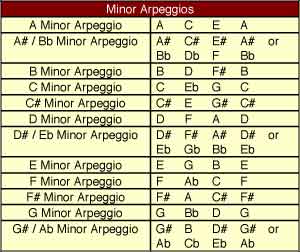


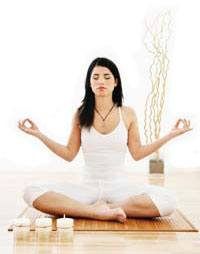

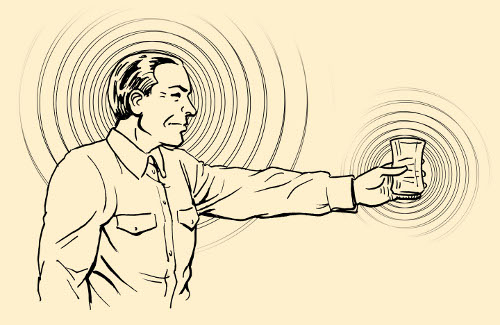

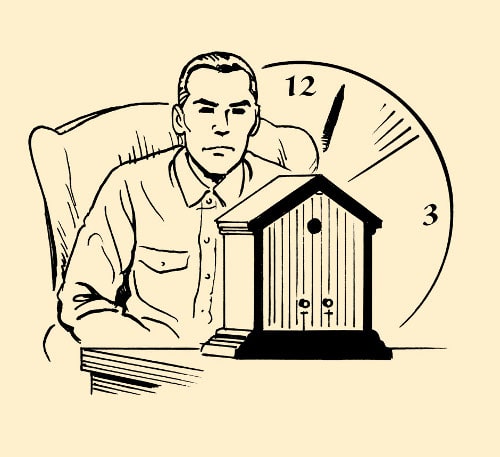
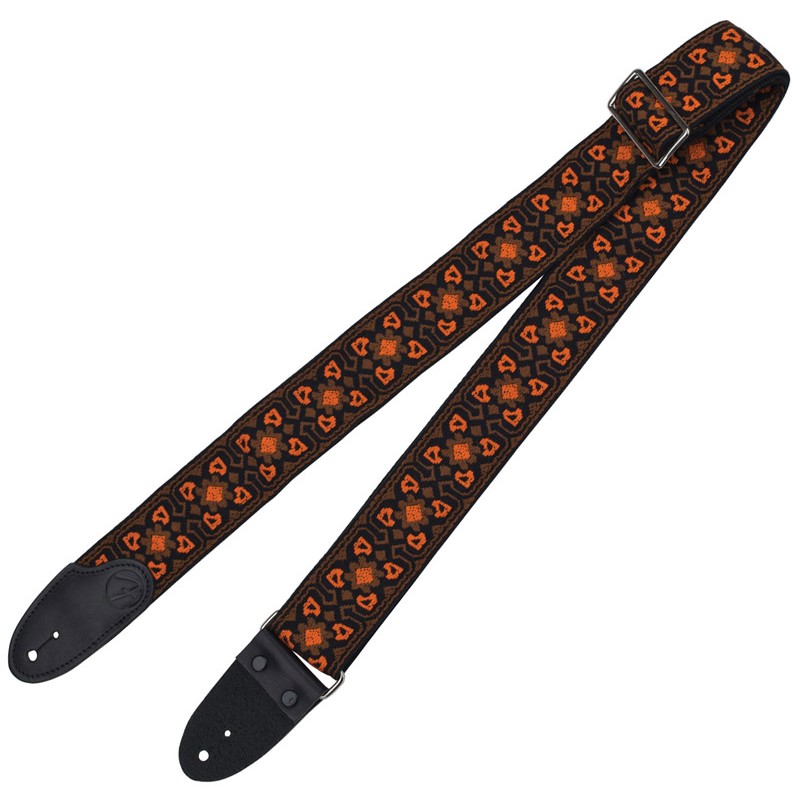

 They will tell you whether your instrument is in tune. A lot of them nowadays you can use for several instruments, my guitar tuner can also be used for a violin if you change the settings.
They will tell you whether your instrument is in tune. A lot of them nowadays you can use for several instruments, my guitar tuner can also be used for a violin if you change the settings. 




